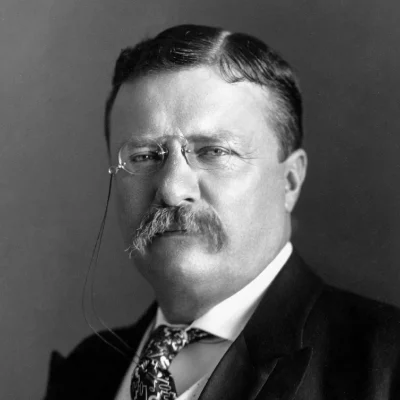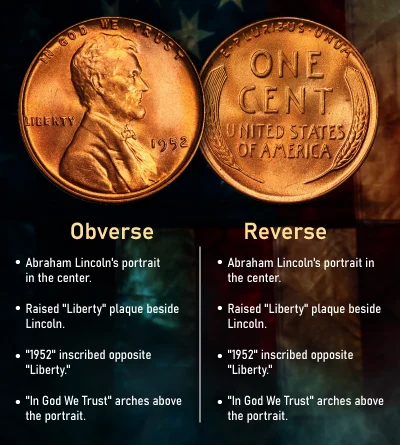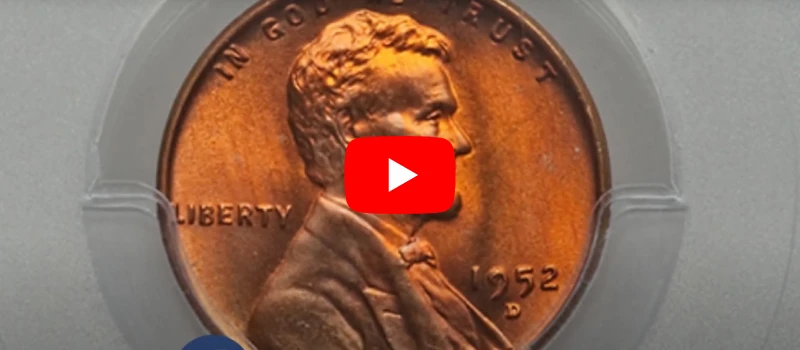Document
The United States government released the 1952 wheat penny, sometimes
known as the Lincoln penny, as a one-cent coin in 1952. It is a piece of
the 1909-launched Lincoln Penny Series. You might be curious about the
current 1952 wheat penny value as an antique coin. What are its design
elements, composition, and history?
For far over 150 years, the penny has been created in one form or another.
The Lincoln penny, one of the most well-known coinage editions, was
produced for a considerable amount of time. The 1952 S wheat penny value
is especially prized among collectors, but as time goes on, finding one is
getting harder and harder.
So, let's get started and discover the 1952 wheat penny value without
further delay.
A Brief History of the 1952 Wheat Penny
Document
The United States government released the 1952 wheat penny, sometimes
known as the Lincoln penny, as a one-cent coin in 1952. It is a piece of
the 1909-launched Lincoln Penny Series. You might be curious about the
current 1952 wheat penny value as an antique coin. What are its design
elements, composition, and history?
For far over 150 years, the penny has been created in one form or another.
The Lincoln penny, one of the most well-known coinage editions, was
produced for a considerable amount of time. The 1952 S wheat penny value
is especially prized among collectors, but as time goes on, finding one is
getting harder and harder.
So, let's get started and discover the 1952 wheat penny value without
further delay.
A Brief History of the 1952 Wheat Penny
The Lincoln cent coin series, of which the 1952 wheat penny is a part, was
introduced in 1909.
The Lincoln cent, also known as the Lincoln penny, took the place of the
Indian Head cent. It was the first U.S. coin to feature the portrait of a
real person, specifically a president.
The concept of featuring a real person's portrait on a coin was
undoubtedly a significant departure from custom. Traditionally, this kind
of thinking was seen as monarchical and inimical to American ideals.

The addition of the Lincoln cent to American currency was made
possible in large part by President Theodore Roosevelt. In 1904, he
suggested a new design for the Treasury and
United States Mint
, specifically for the four gold coins and the Indian head cent.
The five coins were designed by Augustus Saint-Gaudens, a private
artist hired by the Mint. Before he could submit the final design for
the cent, Augustus passed away from cancer in 1907, despite having
successfully finished the designs for the four gold coins.
Roosevelt went back to the cent by 1908, the year the designs for the
four gold coins were finished. With President Abraham Lincoln's 100th
birthday celebration approaching in February 1909, Roosevelt decided
it would be appropriate to honor the popular president who had been
assassinated on a coin.
The Mint hired Victor David Brenner, a sculptor, to finish up the
cent's redesign at the president's request, replacing Saint-Gaudens.
The moniker Wheat Penny/Cent comes from Brenner's basic front design,
which features Abraham "Abe" Lincoln, and a similarly plain reverse
design that features two wheat years.
The wheat penny was produced by the Mint from 1909 to 1959. Up until
1982, when the high price of copper compelled a composition change to
a zinc core and a copper-clad coating, this coin was initially struck
in copper.
The Lincoln Memorial, created by sculptor Frank Gasparro in honor of
Abraham Lincoln's 150th birthday, took the place of the wheat penny
design.
Features of the 1952 Wheat Penny
Now let's examine the features of the wheat penny from 1952. These
characteristics can assist you in determining the 1952 wheat penny
value.

Obverse Side
You can see that Abraham Lincoln is depicted in exquisite detail in
the center of the 1952 Lincoln's obverse side. Lincoln's picture has a
raised plaque that says "Liberty" right next to it. A 1952 year of
minting inscription is located across from this one. The words "In God
We Trust" arch above the obverse.
Reverse Side
The 1952 Lincoln penny's reverse side has two raised inscriptions
rather than any images in the center. "United States of America" is
written in the first raised inscription, while the face value of "One
Cent" is indicated in the second. The coin is commonly called the
"Wheat Penny" because it has two solitary wheat stalks running along
its left and right borders. Lastly, the opposite is arcing over the
Latin phrase "E Pluribus Unum".
Identifying Your 1952 Wheat Penny
Examine each of your wheat pennies carefully to distinguish its condition
and date from the average. Observe a three-step procedure.
The three main components of value are condition, date, and mint mark.
Step 1: Examine the dates and find the mint marks. Coins were marked by
branch mints to identify their manufacturing.
Step 2: Examine your coin's condition against pictures that correspond to
the degree of wear that determines its grade. The descriptions that
indicate areas of attention help identify each stage of wear.
1952's coinage is summed up by the high production of all three variants
of wheat cents. Consisting of 71% of capacity, it was struck by pennies.
As with every year, if you're looking for a premium value, go for the San
Francisco mint variety.
Grading Your 1952 Wheat Penny
One of the quality metrics used to estimate a coin's value is by coin
grading. The problem is that grade determination is more of an art than a
science. Numismatists, however, have come up with a set of standards that
help assign value to a coin. Grading on Lincoln Wheat Coins is done on a
scale of 1-70. Whereas 70 is completely brilliant and gem-like, 1 will be
a much-worn specimen that is barely recognizable. You can grade your
Lincoln Wheat Penny accurately if you take the time to study the
guidelines.
Value of a 1952 Wheat Penny

The value of a 1952 Wheat Penny can vary greatly, with some of the
highest-valued coins on the market currently fetching as much as $10,000.
The colors of the Wheat Penny range from red to brown-red to brown. Coins
of the Full Red color usually fetch a higher price than those in other
colors. Beautiful coins like the 1952-S Wheat Penny value may enhance any
collection. For those who want to spend only a few hundred dollars
building a circulating-grade coin collection, the Wheat Penny series is a
cost-effective option.
Factors Affecting Value: Beyond the Basics
-
Mint Errors and Varieties
As a result of the massive production volume of Lincoln cents, it is
inevitable that certain errors may occur. Numerous die variations exist,
such as the 1943 copper pennies and the well-known 1955 Lincoln cent
double die obverse. But just one popular die type in the Lincoln Cent
series was produced in 1952: the 1952-D D/S Re-Punched Mint Mark
(Catalog ID: FS-511). Under the "D" mint mark on this variant, there is
a faint trace of an "S". There is a small premium for this variety
compared to a non-variety specimen.
-
Coloration and Luster
The wheat penny, including those struck in 1952, appears brown or
reddish-brown when it is in circulating condition. Completely red ones
are uncirculated. The edge of this coin is plain. It weighs 3.11 grams
and has a diameter of 19.00 millimeters.
-
Historical Significance
It was known at the time that President Theodore Roosevelt was planning
to look for new designs of currency, more artistically pleasing. Brenner
was chosen on the merits of a plaque that he had prepared showing
Lincoln's likeness. The Wheat Penny bears Abraham Lincoln in a bust and
profile on the obverse.
How do I know if a 1952 wheat penny is valuable?
In general, a 1952 wheat penny is worth between $0.05 and $0.35, which is
its face value. On the other hand, if your wheat penny is flawless, has a
high shine, frosted surfaces, radiates light, and has no faults, it might
be worth something. In the 1952 wheat penny series, a piece like this
would be classed as a cameo or deep cameo wheat penny, both of which are
incredibly rare.
Conclusion:
This wheat penny from 1952 represents a great historic significance and
for collectors, in particular. The 1952 wheat penny value can be a few
cents or be worth thousands of dollars depending on the condition, mint
mark, or errors. Whether you are an advanced numismatist or have just
recently begun collecting, interest in the history, design, and grading
of the 1952 wheat penny will help you appreciate it better and perhaps
bring you that treasured find. Happy collecting!
